Grow Zucchini at Home and unlock a world of fresh, delicious possibilities right in your backyard! Have you ever dreamed of harvesting your own vibrant, green zucchini, ready to be transformed into mouthwatering dishes? I know I have! But sometimes, the idea of starting a garden can feel overwhelming, especially when you’re picturing sprawling fields and endless hours of labor.
Well, fear not! This isn’t about becoming a full-time farmer. This is about simple, effective DIY tricks and hacks that will empower you to grow zucchini at home, even if you have limited space or gardening experience. Zucchini, a member of the squash family, has been cultivated for centuries, with its origins tracing back to the Americas. It wasn’t until the 19th century that it gained popularity in Europe, particularly in Italy, where it was refined into the variety we know and love today.
Why should you bother with these DIY tricks? Because store-bought zucchini simply can’t compare to the taste and satisfaction of harvesting your own. Plus, knowing exactly where your food comes from and how it’s grown is incredibly rewarding. Imagine the pride you’ll feel serving a zucchini bread made with zucchini you nurtured from a tiny seed! These hacks will help you overcome common challenges, maximize your yield, and enjoy a bountiful harvest of this versatile vegetable. So, let’s get our hands dirty and discover the secrets to growing amazing zucchini at home!
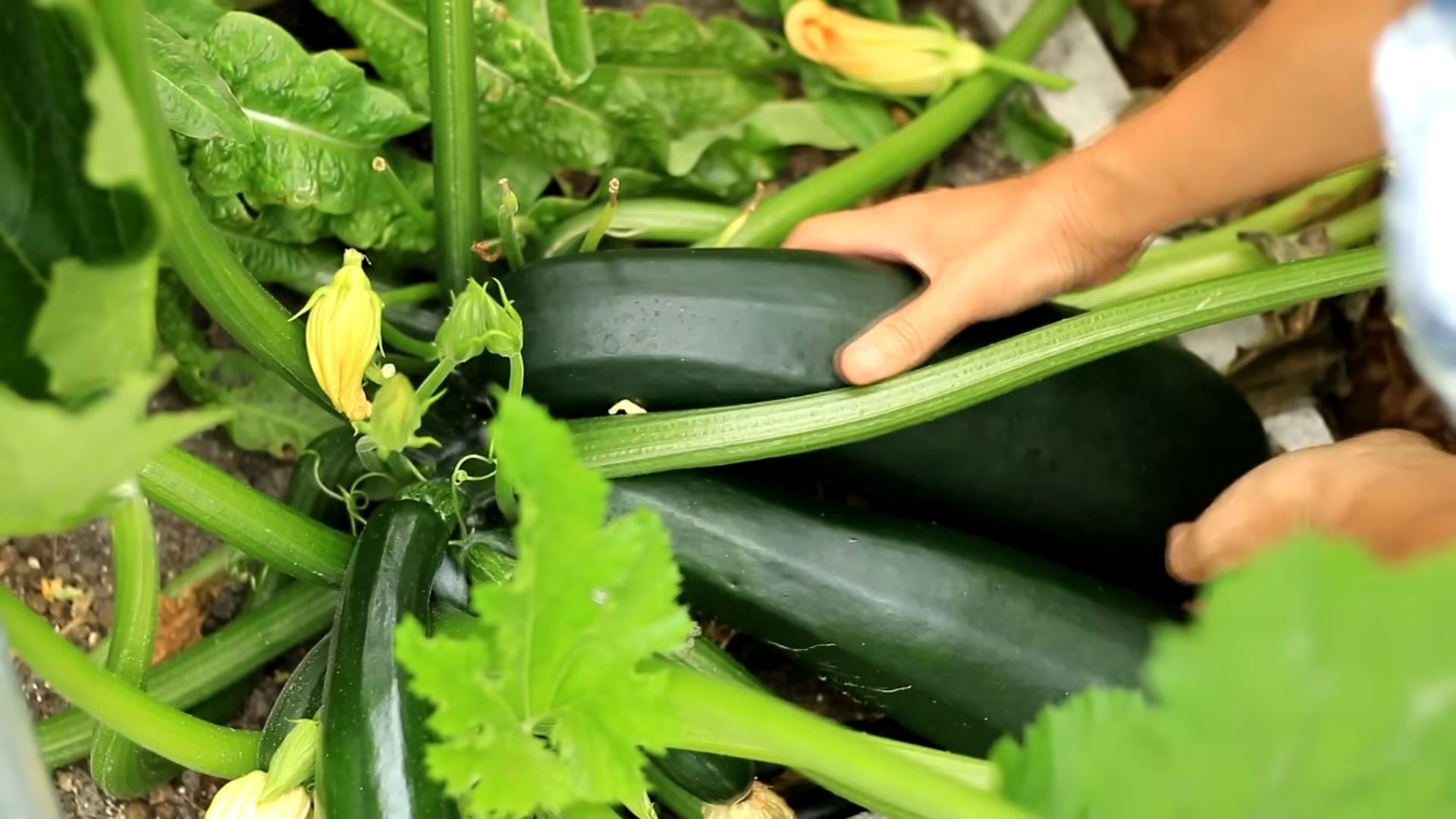
Growing Zucchini Like a Pro: A DIY Guide
Hey there, fellow gardening enthusiasts! I’m so excited to share my secrets for growing zucchini at home. Zucchini is one of the most rewarding vegetables to grow 鈥?it’s prolific, relatively easy, and incredibly versatile in the kitchen. Get ready for a summer of zucchini bread, grilled zucchini, zucchini noodles, and so much more!
Choosing Your Zucchini Variety
Before we dive into the nitty-gritty, let’s talk about zucchini varieties. There are tons of options, each with its own unique characteristics. Here are a few of my favorites:
* Black Beauty: This is a classic, reliable variety with dark green, almost black skin. It’s known for its excellent flavor and high yields.
* Costata Romanesco: If you’re looking for something a little different, try Costata Romanesco. It has distinctive ridges and a nutty flavor.
* Golden Zucchini: For a pop of color, go for golden zucchini. It’s just as easy to grow as green varieties and adds a beautiful touch to your dishes.
* Round Zucchini (Eight Ball, One Ball): These are super cute and perfect for stuffing! They’re also great for grilling.
Getting Started: Planting Your Zucchini
Zucchini is a warm-weather crop, so it’s important to wait until the danger of frost has passed before planting. I usually aim for late spring or early summer.
Starting Seeds Indoors (Optional)
While you can direct sow zucchini seeds, starting them indoors gives them a head start, especially if you live in a cooler climate.
1. Gather Your Supplies: You’ll need seed starting trays or small pots, seed starting mix, zucchini seeds, and a spray bottle.
2. Sow the Seeds: Fill the trays or pots with seed starting mix. Make a small indentation (about 1 inch deep) in the center of each cell or pot. Place one or two zucchini seeds in each indentation and cover with soil.
3. Water Gently: Use a spray bottle to moisten the soil. Avoid overwatering, as this can lead to damping off.
4. Provide Warmth and Light: Place the trays or pots in a warm location (around 70-75掳F) and provide plenty of light. A sunny windowsill or a grow light will work well.
5. Keep the Soil Moist: Check the soil regularly and water when the top inch feels dry.
6. Harden Off Seedlings: Once the seedlings have developed a few sets of true leaves (usually after a couple of weeks), it’s time to harden them off. This means gradually exposing them to outdoor conditions to acclimate them to the sun, wind, and temperature changes. Start by placing them outside for an hour or two each day, gradually increasing the time over the course of a week.
Direct Sowing Zucchini Seeds
If you’re direct sowing, choose a sunny spot in your garden with well-drained soil.
1. Prepare the Soil: Amend the soil with compost or other organic matter to improve its fertility and drainage. Zucchini plants are heavy feeders, so they need plenty of nutrients.
2. Create Mounds or Rows: Zucchini plants need space to spread out, so plant them in mounds or rows. If planting in mounds, space them about 2-3 feet apart. If planting in rows, space the rows about 3-4 feet apart and the plants about 2 feet apart within the row.
3. Sow the Seeds: Make a small indentation (about 1 inch deep) in the center of each mound or row. Place two or three zucchini seeds in each indentation and cover with soil.
4. Water Gently: Water the soil thoroughly after planting.
5. Thin Seedlings: Once the seedlings emerge, thin them to one plant per mound or row. Choose the strongest, healthiest-looking seedling to keep.
Caring for Your Zucchini Plants
Once your zucchini plants are established, it’s important to provide them with the right care to ensure a bountiful harvest.
1. Watering: Zucchini plants need consistent moisture, especially during hot, dry weather. Water deeply and regularly, aiming to keep the soil consistently moist but not waterlogged. I like to water in the morning to allow the foliage to dry before nightfall, which helps prevent fungal diseases.
2. Fertilizing: As I mentioned earlier, zucchini plants are heavy feeders. Fertilize them every few weeks with a balanced fertilizer or compost tea. You can also side-dress them with compost.
3. Mulching: Mulching around your zucchini plants helps to retain moisture, suppress weeds, and regulate soil temperature. I like to use straw or wood chips as mulch.
4. Pest Control: Zucchini plants can be susceptible to a few pests, including squash bugs, squash vine borers, and aphids. Inspect your plants regularly for signs of infestation and take action promptly.
* Squash Bugs: Handpick squash bugs and their eggs (which are usually found on the undersides of leaves) or use insecticidal soap.
* Squash Vine Borers: These pests can be tricky to deal with. Look for small holes in the stems of your plants and sawdust-like frass. If you find them, you can try to remove the borers manually by slitting the stem open and extracting them. You can also wrap the base of the stems with aluminum foil to prevent the borers from laying their eggs.
* Aphids: Blast aphids off your plants with a strong stream of water or use insecticidal soap.
5. Pollination: Zucchini plants have separate male and female flowers. The female flowers have a small zucchini fruit at the base, while the male flowers do not. Pollination is necessary for the female flowers to develop into fruit. Bees and other pollinators usually take care of this, but if you’re not seeing much activity, you can hand-pollinate the flowers.
* Hand-Pollination: To hand-pollinate, use a small paintbrush to transfer pollen from the male flower to the female flower. You can also remove a male flower and gently rub the pollen onto the stigma of the female flower.
Harvesting Your Zucchini
Zucchini plants are incredibly productive, so you’ll likely be harvesting zucchini throughout the summer.
1. Harvest When Young: Harvest zucchini when they are young and tender, usually when they are about 6-8 inches long. Larger zucchini can be tough and seedy.
2. Use a Sharp Knife: Use a sharp knife to cut the zucchini from the plant, leaving a short stem attached.
3. Check Regularly: Check your plants regularly for ripe zucchini, as they can grow very quickly.
4. Store Properly: Store zucchini in the refrigerator for up to a week.
Dealing with Common Zucchini Problems
Even with the best care, you might encounter a few problems when growing zucchini. Here are some common issues and how to address them:
* Powdery Mildew: This fungal disease can cause a white, powdery coating on the leaves of your zucchini plants. To prevent powdery mildew, provide good air circulation, avoid overhead watering, and apply a fungicide if necessary.
* Blossom End Rot: This condition causes the blossom end of the zucchini to rot. It’s usually caused by calcium deficiency or inconsistent watering. To prevent blossom end rot, amend the soil with calcium-rich amendments like bone meal or crushed eggshells and water consistently.
* Lack of Pollination: If your zucchini plants are producing flowers but not fruit, it could be due to a lack of pollination. Try hand-pollinating the flowers or attracting more pollinators to your garden by planting flowers that attract bees and other beneficial insects.
Creative Uses for Your Zucchini Harvest
Now for the fun part 鈥?using all that zucchini! Here are just a few ideas:
* Zucchini Bread: A classic for a reason! There are countless zucchini bread recipes out there, from sweet to savory.
* Grilled Zucchini: Slice zucchini lengthwise, brush with olive oil and herbs, and grill until tender.
* Zucchini Noodles (Zoodles): Use a spiralizer to turn zucchini into noodles. Serve with your favorite sauce or use them in salads.
* Stuffed Zucchini: Hollow out zucchini and fill them with a mixture of ground meat, rice, vegetables, and cheese.
* Zucchini Fritters: Grate zucchini, mix with flour, eggs, and seasonings, and fry until golden brown.
* Zucchini Soup: Blend cooked zucchini with broth, herbs, and spices for a creamy and delicious soup.
* Zucchini Relish: Preserve your zucchini harvest by making a tangy and flavorful relish.
I hope this guide has inspired you to grow your own zucchini at home. With a little bit of care and attention, you’ll be rewarded with a bountiful harvest of this versatile and delicious vegetable. Happy gardening!
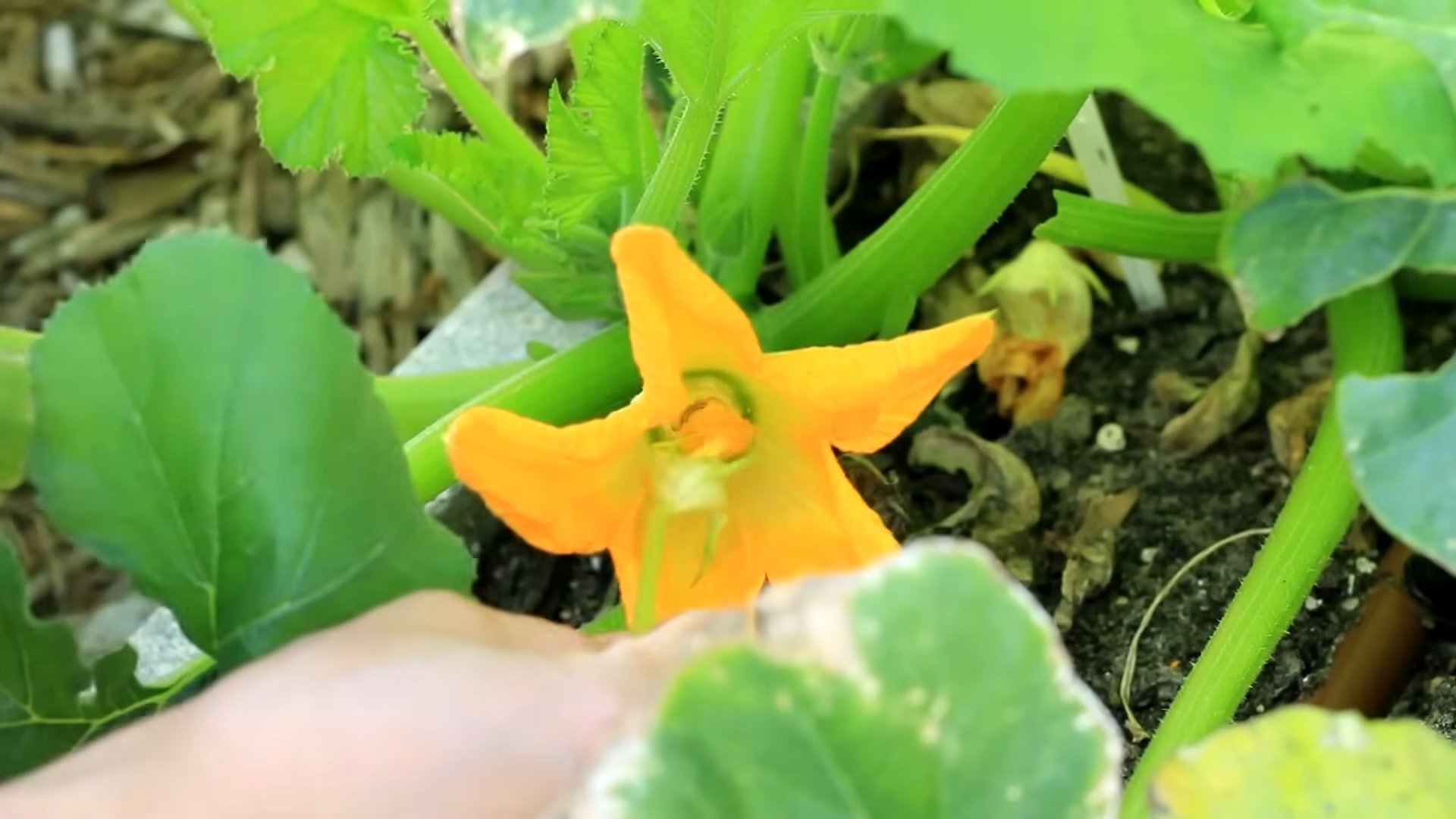
Conclusion
So, there you have it! Growing zucchini at home is not only achievable, but it’s also incredibly rewarding. Forget those bland, overpriced zucchinis from the grocery store. Imagine stepping out into your garden and harvesting a vibrant, flavorful zucchini, knowing you nurtured it from seed to table. This DIY approach to growing zucchini offers a level of freshness and control you simply can’t replicate any other way.
Why is this a must-try? Because it’s more than just growing a vegetable; it’s about connecting with nature, understanding the growing process, and enjoying the unparalleled taste of homegrown produce. Plus, it’s a fantastic way to reduce your carbon footprint and contribute to a more sustainable lifestyle. You’ll be amazed at how much better a homegrown zucchini tastes compared to store-bought ones.
Beyond the basic method, there are countless ways to personalize your zucchini growing experience. Consider exploring different varieties, from the classic Black Beauty to the golden zucchini or even round varieties like Eight Ball. Experiment with companion planting; basil, marigolds, and nasturtiums are known to deter pests and attract beneficial insects to your zucchini patch. You could even try growing zucchini in containers if you have limited space, ensuring you choose a large enough pot and provide adequate support for the plant.
Another variation to consider is succession planting. By planting new zucchini seeds every few weeks, you can extend your harvest season and enjoy a continuous supply of fresh zucchini throughout the summer and fall. This is particularly useful if you find yourself overwhelmed with zucchini at certain times.
Don’t be intimidated if you’re a beginner gardener. Growing zucchini is relatively easy, and the satisfaction of harvesting your own crop is well worth the effort. The key is to provide your plants with plenty of sunlight, well-drained soil, and consistent watering. And remember, even experienced gardeners encounter challenges, so don’t be discouraged if you face a few setbacks along the way.
We wholeheartedly encourage you to give this DIY trick a try. Start small, learn as you go, and most importantly, have fun! Once you’ve experienced the joy of growing your own zucchini, you’ll never look at store-bought zucchini the same way again.
And finally, we want to hear about your experiences! Share your zucchini growing stories, tips, and photos in the comments below. Let’s create a community of zucchini enthusiasts and learn from each other. What varieties did you try? What challenges did you face? What successes did you celebrate? Your insights could help other aspiring gardeners embark on their own zucchini growing adventures. So, get your hands dirty, plant those seeds, and get ready to enjoy the delicious rewards of growing zucchini at home! Let us know how your **grow zucchini at home** project goes!
Frequently Asked Questions (FAQ)
Q: How much sunlight do zucchini plants need?
A: Zucchini plants are sun-loving vegetables and require at least 6-8 hours of direct sunlight per day to thrive. Insufficient sunlight can lead to weak growth, reduced fruit production, and increased susceptibility to diseases. Choose a location in your garden that receives ample sunlight throughout the day. If you’re growing zucchini in containers, make sure to place them in a sunny spot.
Q: What kind of soil is best for growing zucchini?
A: Zucchini plants prefer well-drained, fertile soil that is rich in organic matter. The ideal soil pH is between 6.0 and 7.5. Before planting, amend your soil with compost, aged manure, or other organic materials to improve its fertility and drainage. Avoid heavy clay soils, as they can become waterlogged and hinder root growth. If you have clay soil, consider growing zucchini in raised beds or containers with a well-draining potting mix.
Q: How often should I water my zucchini plants?
A: Zucchini plants need consistent watering, especially during hot, dry weather. Water deeply and regularly, aiming to keep the soil consistently moist but not waterlogged. Water at the base of the plant to avoid wetting the foliage, which can increase the risk of fungal diseases. A good rule of thumb is to water when the top inch of soil feels dry to the touch. Mulching around the plants can help retain moisture and reduce the need for frequent watering.
Q: When is the best time to plant zucchini?
A: Zucchini is a warm-season vegetable and should be planted after the last frost when the soil has warmed up to at least 60掳F (15掳C). You can start seeds indoors 3-4 weeks before the last frost and transplant them outdoors once the weather is suitable. Alternatively, you can direct sow seeds directly into the garden. In most regions, the ideal planting time for zucchini is late spring or early summer.
Q: How do I deal with common zucchini pests and diseases?
A: Zucchini plants can be susceptible to various pests and diseases, including squash vine borers, squash bugs, powdery mildew, and blossom end rot. To prevent pest and disease problems, practice good garden hygiene, such as removing plant debris and weeds. Inspect your plants regularly for signs of pests or diseases and take action promptly. You can use organic pest control methods, such as insecticidal soap or neem oil, to control pests. To prevent powdery mildew, ensure good air circulation around the plants and avoid overhead watering. Blossom end rot is caused by calcium deficiency and can be prevented by ensuring adequate calcium levels in the soil and consistent watering.
Q: How do I harvest zucchini?
A: Zucchini is typically harvested when it is young and tender, usually when it is 6-8 inches long. Use a sharp knife to cut the zucchini from the plant, leaving a short stem attached. Regular harvesting encourages the plant to produce more fruit. Overripe zucchini can become tough and seedy, so it’s best to harvest them when they are still relatively small.
Q: Why are my zucchini flowers falling off without producing fruit?
A: This is a common problem called blossom drop, and it can be caused by several factors, including insufficient pollination, temperature stress, and nutrient deficiencies. Zucchini plants have separate male and female flowers, and pollination is required for fruit to develop. If there are not enough pollinators in your garden, you can hand-pollinate the flowers by transferring pollen from the male flower to the female flower using a small brush. Temperature stress, such as extreme heat or cold, can also cause blossom drop. Ensure your plants are adequately watered and protected from extreme weather conditions. Nutrient deficiencies, particularly calcium deficiency, can also contribute to blossom drop. Amend your soil with calcium-rich amendments, such as bone meal or crushed eggshells.
Q: Can I eat zucchini blossoms?
A: Yes, zucchini blossoms are edible and can be a delicious addition to your culinary repertoire. They can be stuffed, fried, or added to soups and salads. Harvest the blossoms in the morning when they are fully open. Choose male blossoms, as harvesting female blossoms will prevent fruit from developing.
Q: How can I store zucchini?
A: Zucchini can be stored in the refrigerator for up to a week. Wrap the zucchini in a paper towel and place it in a plastic bag to help retain moisture. You can also freeze zucchini for longer storage. Shred or slice the zucchini and blanch it in boiling water for a few minutes before freezing. This will help preserve its texture and flavor.
Q: What are some creative ways to use zucchini?
A: Zucchini is a versatile vegetable that can be used in a variety of dishes. You can grill it, roast it, saut茅 it, or add it to soups, stews, and casseroles. Zucchini can also be used to make zucchini bread, muffins, and pancakes. For a low-carb option, try making zucchini noodles (zoodles) using a spiralizer. Get creative and experiment with different recipes to discover your favorite ways to enjoy zucchini.


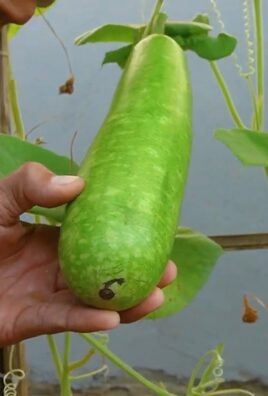
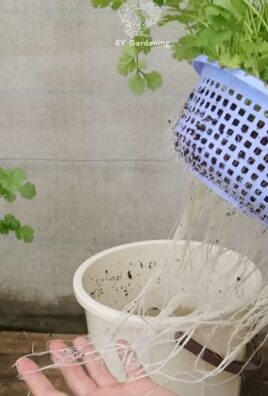
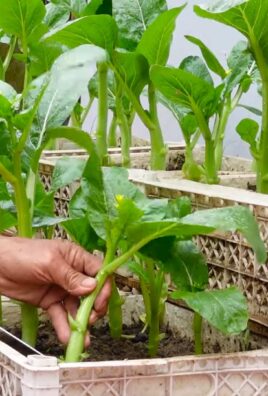
Leave a Comment